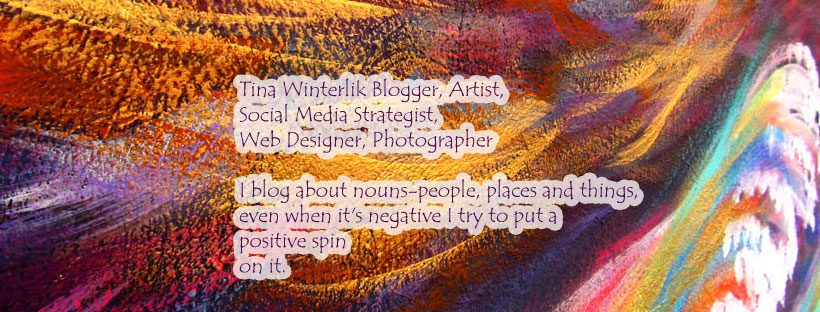I, I can remember (I remember)
Standing, by the wall (by the wall)
And the guns, shot above our heads (over our heads)
And we kissed, as though nothing could fall (nothing could fall)
And the shame, was on the other side
Oh, we can beat them, forever and ever
Then we could be heroes, just for one day
We can be heroes
We can be heroes
We can be heroes
Just for one day
We can be heroes
We're nothing, and nothing will help us
Maybe we're lying, then you better not stay
But we could be safer, just for one day
Oh-oh-oh-ohh, oh-oh-oh-ohh, just for one day
I can't embed this but you should watch
The Berlin Wall Falls 1989 NBC Coverage Pt1
https://www.youtube.com/watch?v=fK1MwhEDjHg
The Berlin Wall Falls 1989 NBC Coverage Pt2
https://www.youtube.com/watch?v=y-9_uQx6IsQ
Interesting facts about 1989
(things to recall and teach your kids)
https://en.wikipedia.org/wiki/1989
January 24 – Florida executes Ted Bundy by electric chair for the murders of young women.
February 14
- Union Carbide agrees to pay US$470 million to the Indian government for damages in the 1984 Bhopal disaster.
- March 13
- A geomagnetic storm causes the collapse of the Hydro-Québec power grid. Six million people are left without power for 9 hours. Some areas in the northeastern U.S. and in Sweden also lose power, and aurorae are seen as far as Texas.
- Tim Berners-Lee produces the proposal document that will become the blueprint for the World Wide Web.[7]
- May 1
- Andrés Rodríguez, who had seized power and declared himself President of Paraguay during a military coup in February, wins a landslide election in a general election marked by charges of fraud.
- Disney-MGM Studios at Walt Disney World opens to the public for the first time.
June 5 – An unknown Chinese protestor, "Tank Man", stands in front of a column of military tanks on Chang'an Avenue in Beijing, temporarily halting them, an incident which achieves iconic status internationally through images taken by Western photographers.
- July 5
- President of South Africa P. W. Botha meets the imprisoned Nelson Mandela face to face for the first time.
- The television show Seinfeld premieres.
August 23
- Singing Revolution: Two million indigenous people of Estonian, Latvian and Lithuanian SSRs join hands to demand freedom and independence from Soviet occupation, forming an uninterrupted 600 km human chain called the Baltic Way.
- Hungary removes border restrictions with Austria.
August 25 – Voyager 2 passes the planet Neptune and its moon Triton.
October 5 – The Dalai Lama wins the Nobel Peace Prize.
October 13
- Friday the 13th mini-crash: The Dow Jones Industrial Average plunges 190.58 points, or 6.91 percent, to close at 2,569.26, most likely after the junk bond market collapses.
- Cold War and Fall of the Berlin Wall: Günter Schabowski accidentally states in a live broadcast press conference that new rules for traveling from East Germany to West Germany will be put in effect "immediately". East Germany opens checkpoints in the Berlin Wall, allowing its citizens to travel freely to West Germany for the first time in decades (November 17 celebrates Germans tearing the wall down).
- November – The first Walmart store in the Northeastern United States, a Sam's Club, is opened in Delran, New Jersey.[21]
 |
| https://en.wikipedia.org/wiki/Berlin_Wall |
From Wikipedia
The Berlin Wall (German: Berliner Mauer) was a barrier that divided Berlin from 1961 to 1989.[1] Constructed by the German Democratic Republic (GDR, East Germany), starting on 13 August 1961, the Wall completely cut off (by land) West Berlin from surrounding East Germany and from East Berlin until government officials opened it in November 1989.[2] Its demolition officially began on 13 June 1990 and was completed in 1992.[3] The barrier included guard towers placed along large concrete walls,[4] which circumscribed a wide area (later known as the "death strip") that contained anti-vehicle trenches, "fakir beds" and other defenses. The Eastern Bloc claimed that the Wall was erected to protect its population from fascist elements conspiring to prevent the "will of the people" in building a socialist state in East Germany. In practice, the Wall served to prevent the massive emigration and defection that had marked East Germany and the communist Eastern Bloc during the post-World War II period.
The Berlin Wall was officially referred to as the "Anti-Fascist Protective Wall" (German: Antifaschistischer Schutzwall) by GDR authorities, implying that the NATO countries and West Germany in particular were considered equal to "fascists"[5] by GDR propaganda. The West Berlin city government sometimes referred to it as the "Wall of Shame"—a term coined by mayor Willy Brandt—while condemning the Wall's restriction on freedom of movement. Along with the separate and much longer Inner German border (IGB), which demarcated the border between East and West Germany, it came to symbolize a physical marker of the "Iron Curtain" that separated Western Europe and the Eastern Bloc during the Cold War.

No comments:
Post a Comment